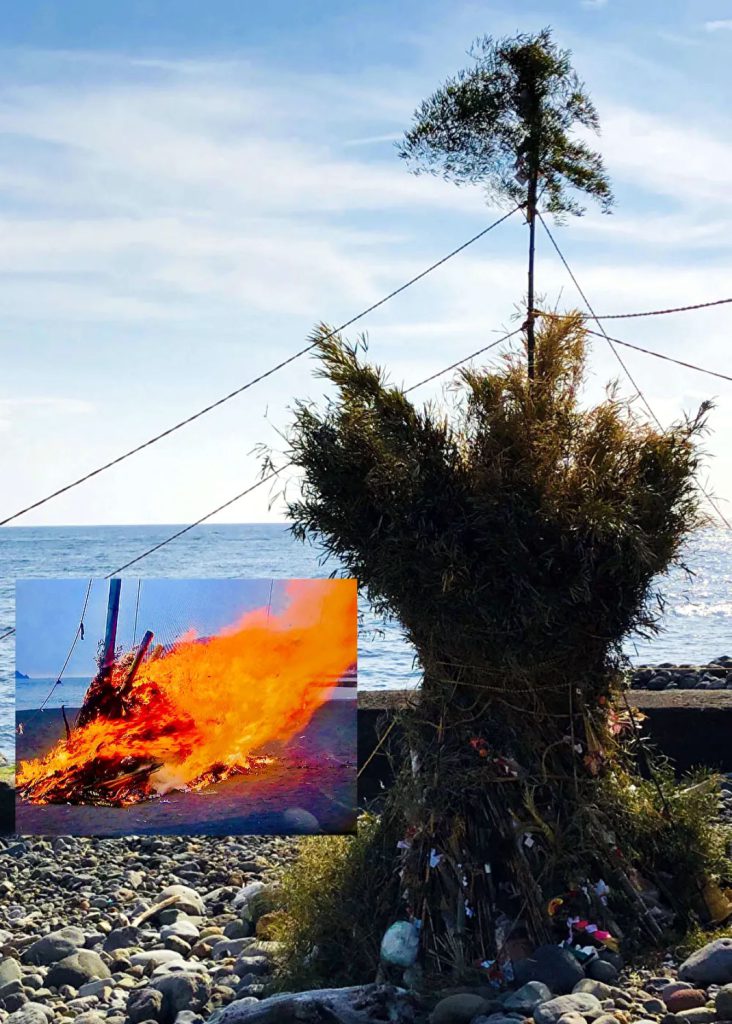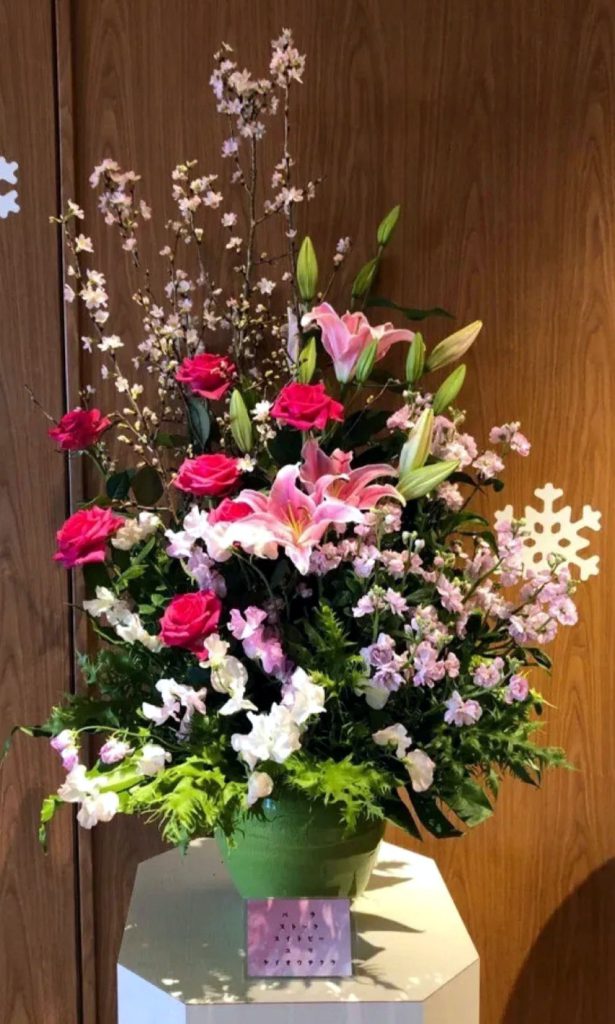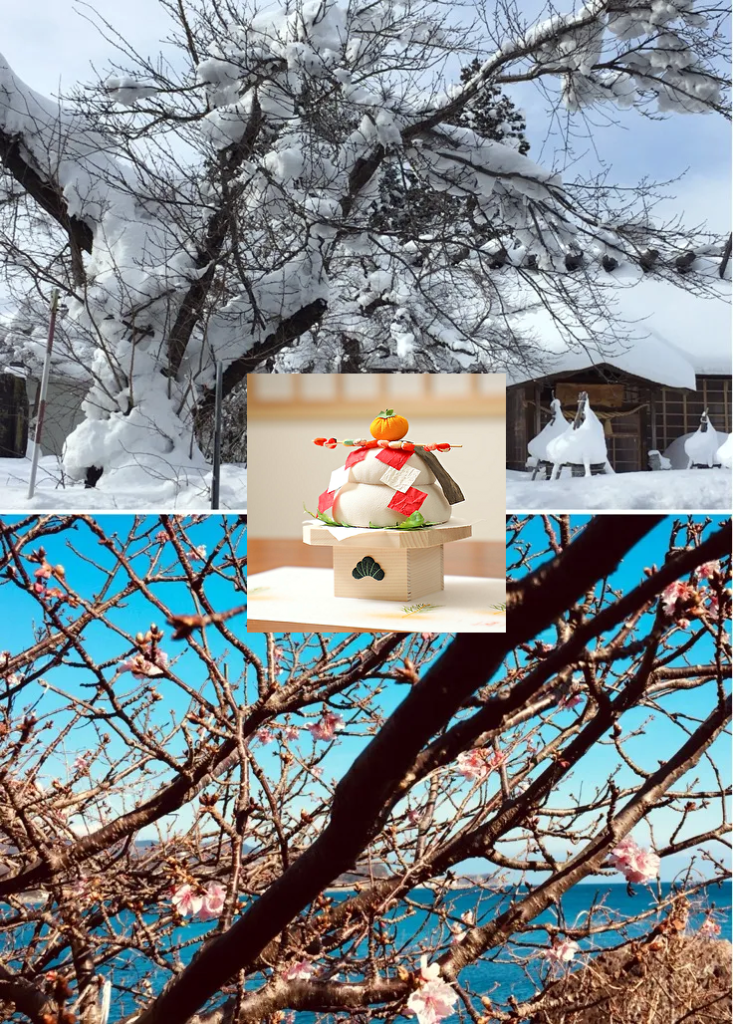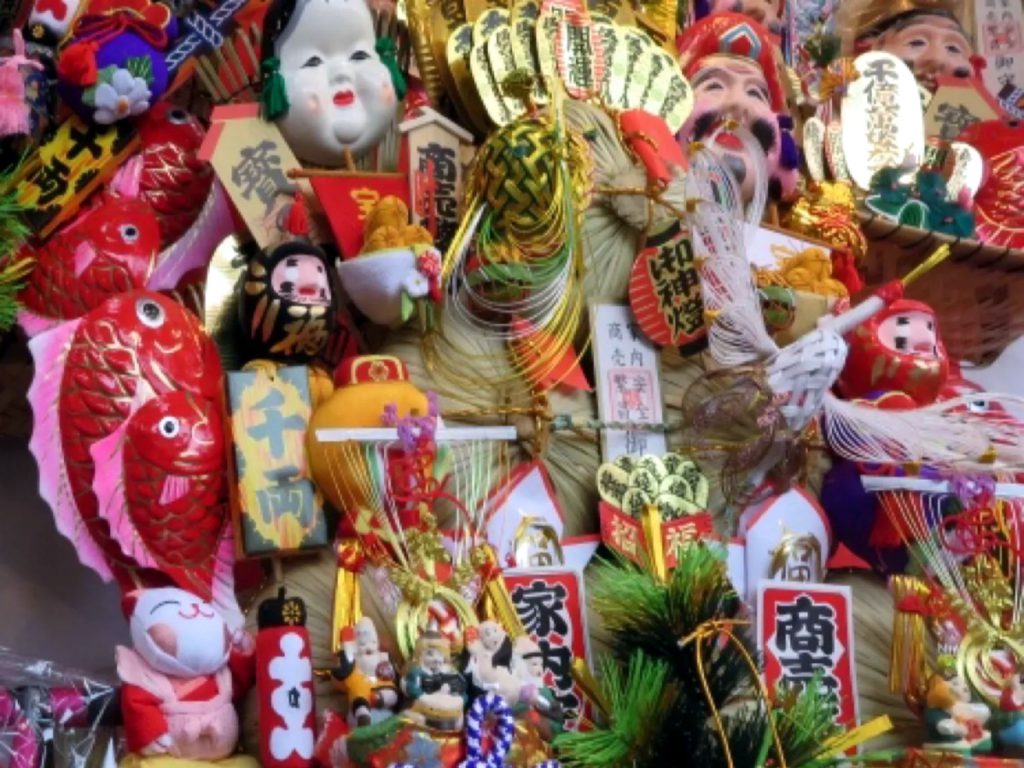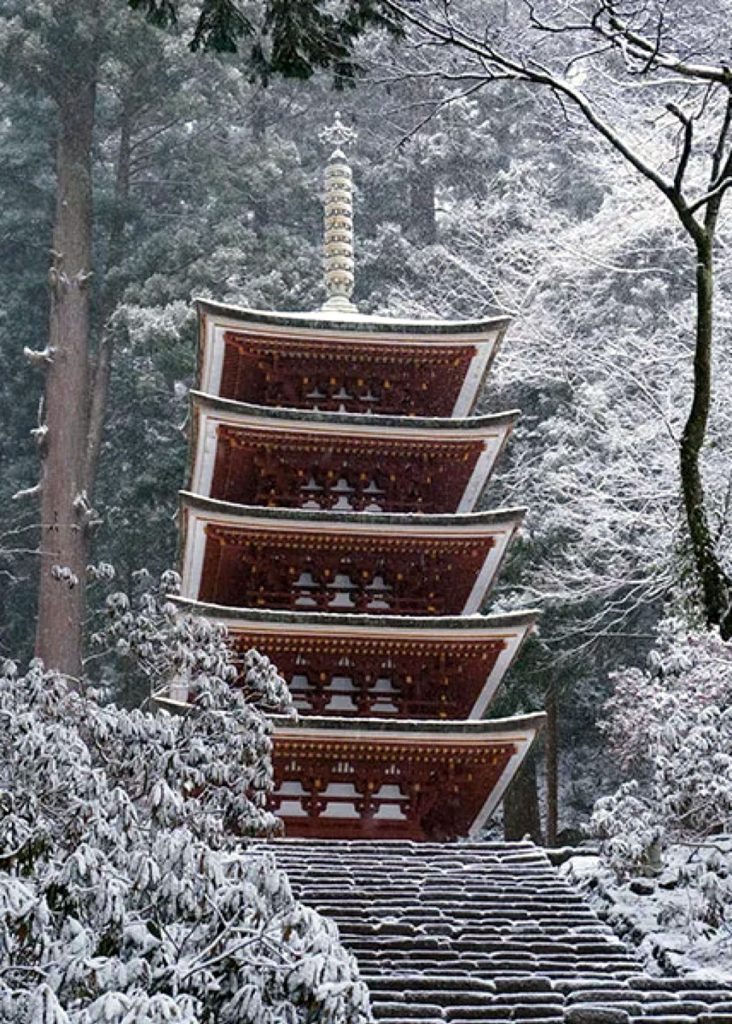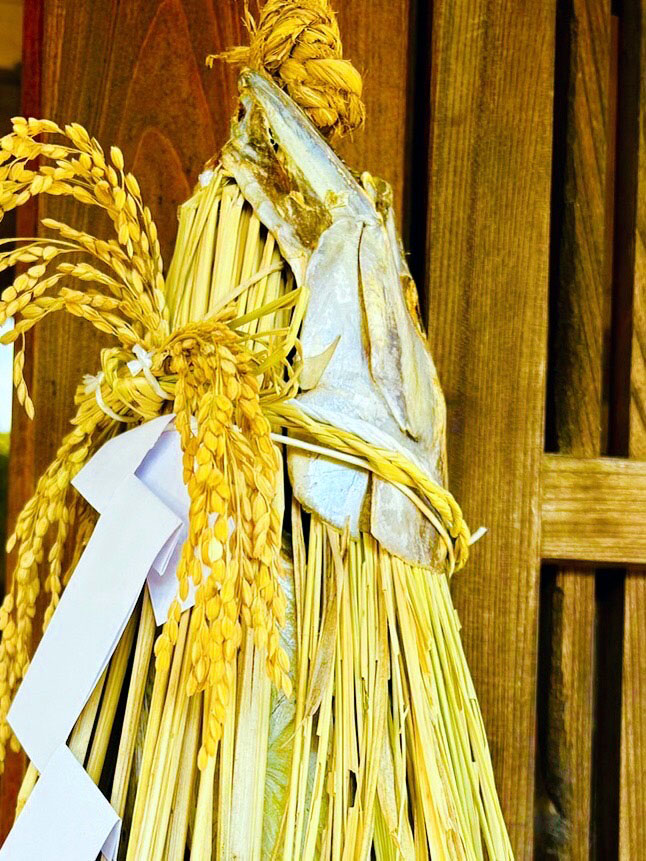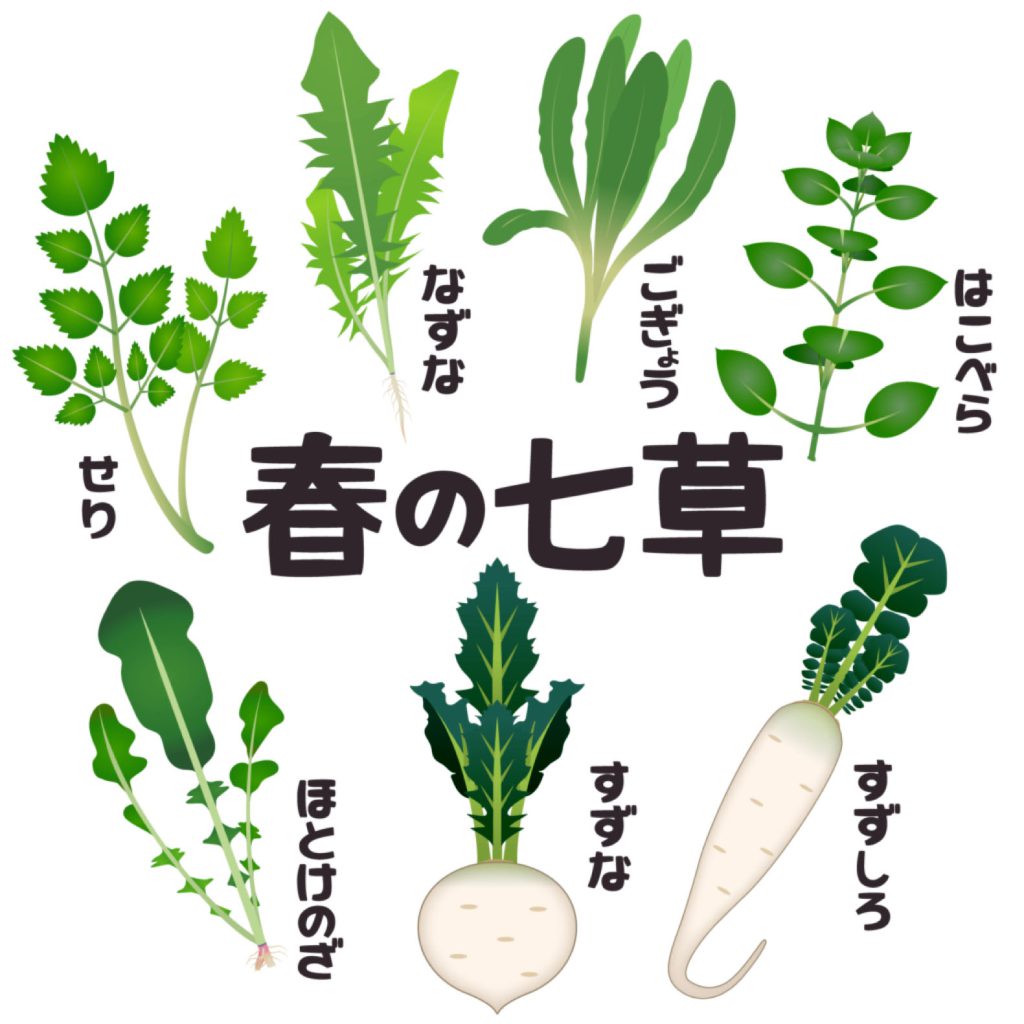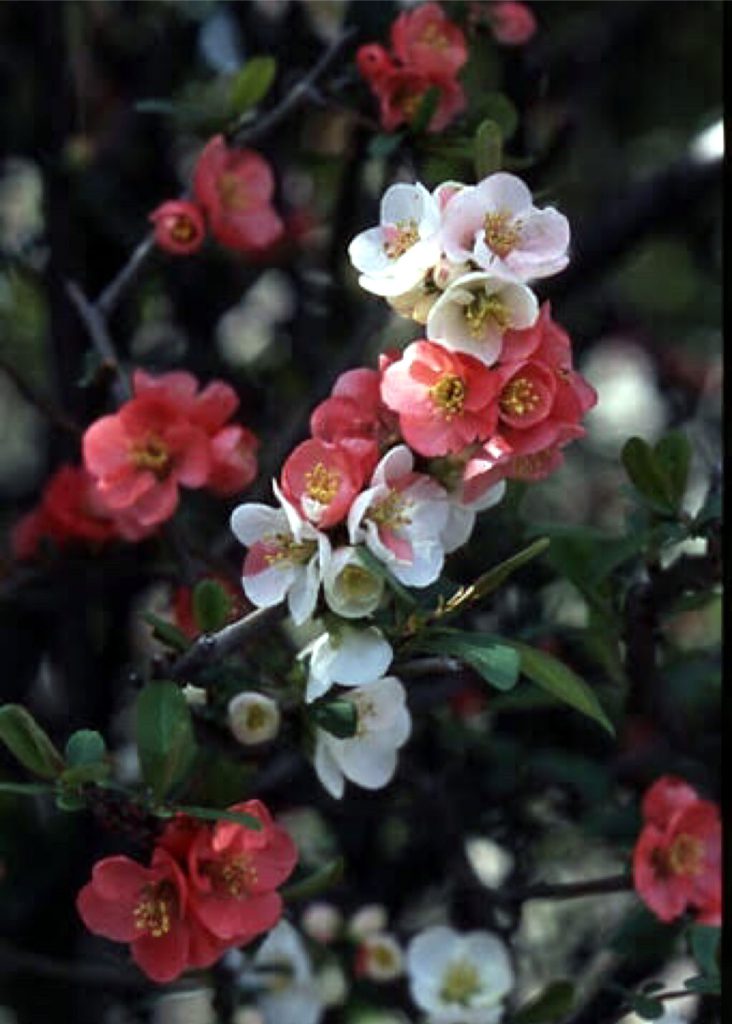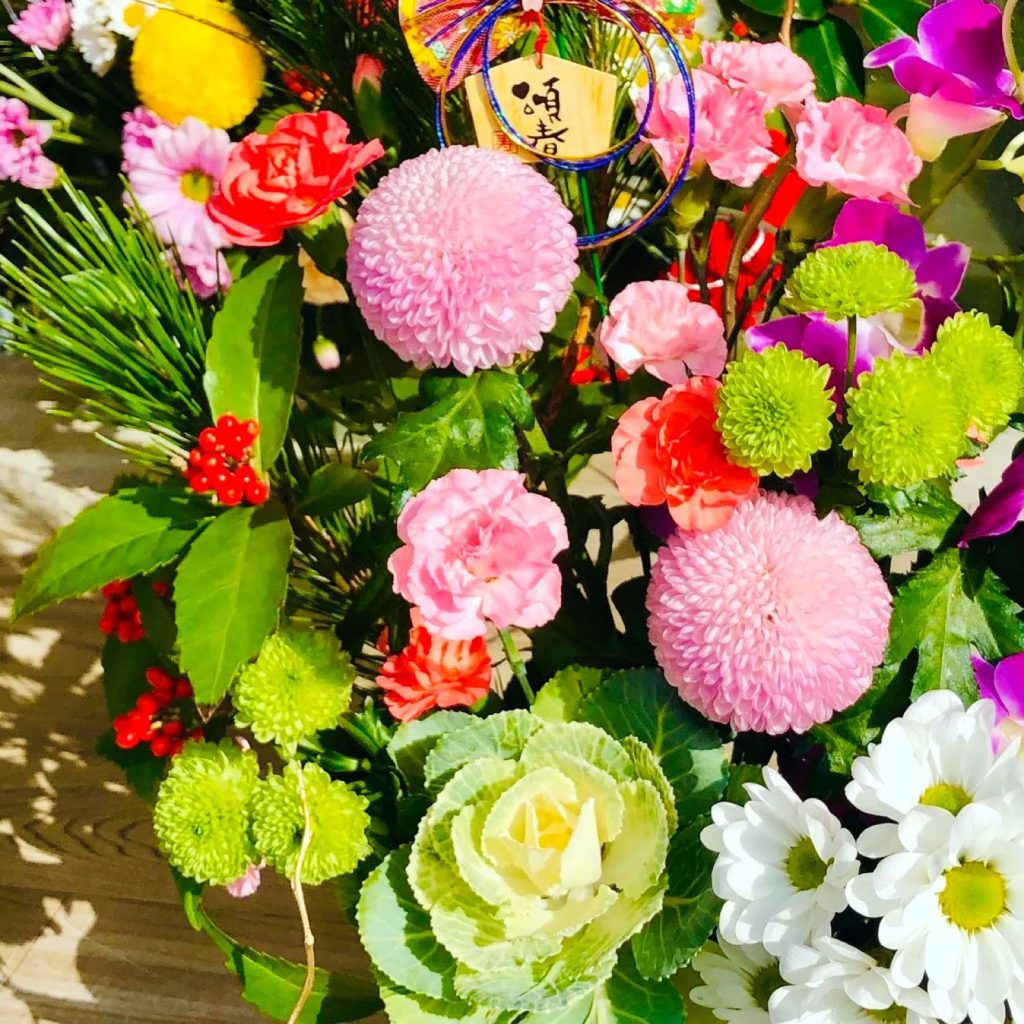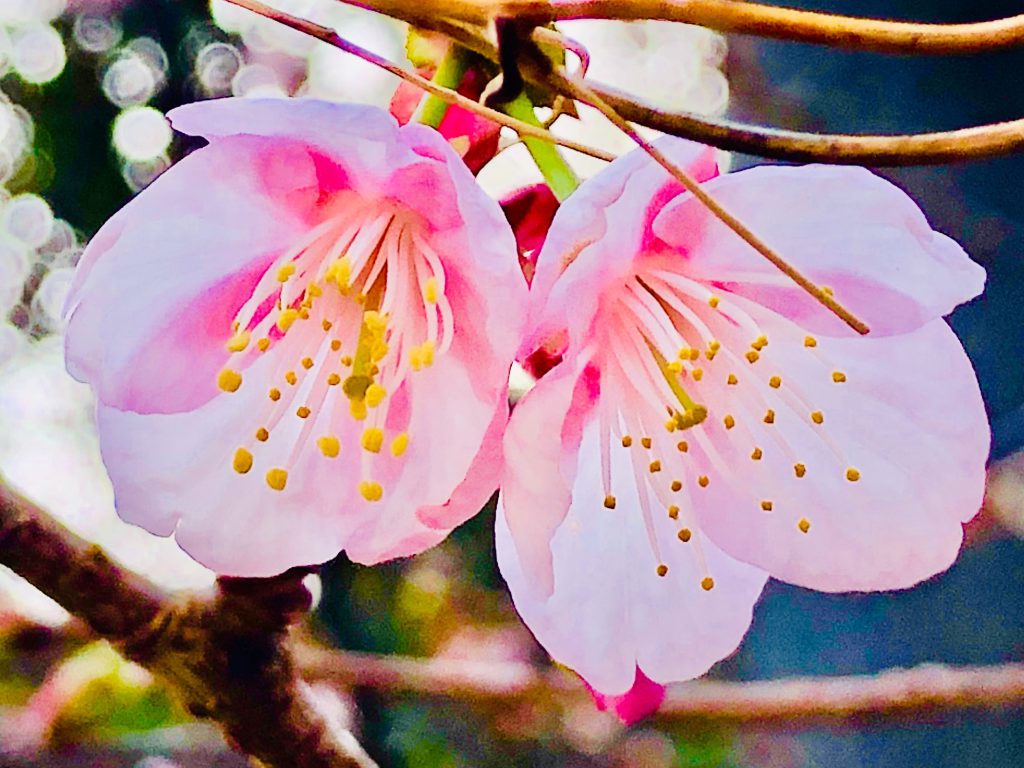
It is a common test (common test) for university entrance for two days from today. Come to think of it, the university common primary exam (common primary) that began in 1979, followed by the university entrance examination center test (center exam) that began in 1990, and the university entrance common test that began in 2021 (common test), I have many memories. Until the start of the common test, the university entrance exam season in Kansai began with the entrance exams for private universities in early February. However, since the common test started, the way we spend the first three days of the New Year has changed completely. It can’t even be thought about new years days for the examinees. There were also many students who participated in the exam seminars in the hotel that was reserved for the first three days of the New Year. Still, it’s only the year at most for the examinees. For those of us who teach, the third day of the New Year has changed from that day onwards. Anyway, good luck to all students taking the exam.
今日から二日間大学入学共通テスト(共通テスト)です。思えば、1979年度に始まった大学共通第一次学力試験(共通一次)、それを引き継いで1990年度から始まった大学入試センター試験(センター試験)、そして2021年度から始まった大学入学共通テスト(共通テスト)です。いろいろな思い出があります。共通一次が始まるまでは、関西の大学入試は、2月初旬の私立大学の入試を皮切りに入試シーズンに突入したわけです。しかし、共通一次が始まってからは、正月三が日の過ごし方がガラリと変わりました。受験生にとってはお正月どころではありません。正月三が日をホテル貸し切りの受験講習会に参加する受験生も多くありました。それでも、受験生にとってはほとんどが一年切りの事です。我々教える側の者にとっては、それからずっとそんな正月三が日に変わったわけです。
それはともかく、受験生の皆さん、精一杯頑張って下さい。

